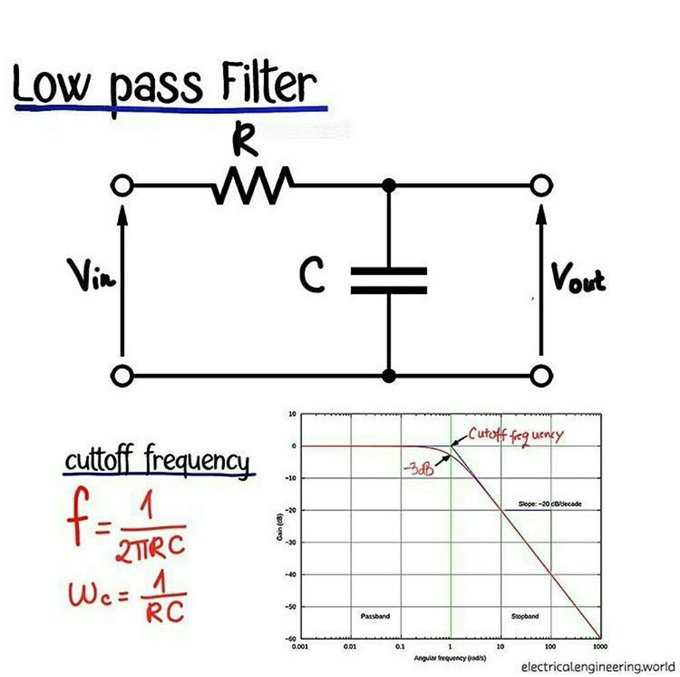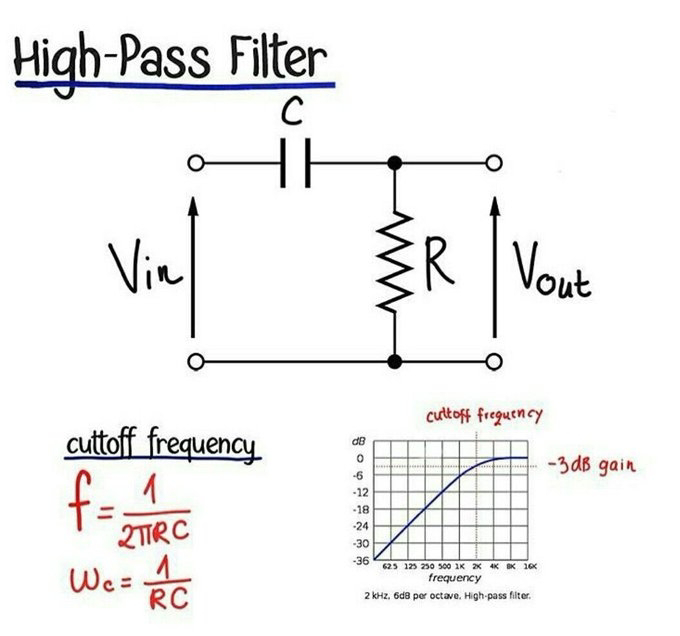An AC 12V-0-12V transformer is typically a type of center-tapped transformer used in various electronic applications.
Dual Voltage Output: This transformer provides two output voltages, each at 12V relative to a common center tap. This means you have:
+12V from the center tap to one end of the secondary coil.
-12V from the center tap to the other end of the secondary coil.
Center Tap: The "0" in the middle indicates the center tap, which is a connection at the middle of the secondary winding. This tap can be used as a ground or common reference point, effectively giving you two 12V supplies of opposite polarity.
AC to DC Conversion: While the transformer outputs AC, it's often used to step down voltage from a higher AC input (like 110V or 220V mains) to a lower AC voltage suitable for powering electronic circuits. If DC is needed, this AC would then be rectified and smoothed using diodes and capacitors.
Applications:
Audio Amplifiers: Common in audio output stages where a balanced signal is needed or in push-pull amplifier configurations.
Power Supplies: For electronic devices requiring a split-rail supply, where components need both positive and negative voltages relative to ground.
Control Circuits: Used in various control systems where dual supply voltages are beneficial.
Construction:
Core: Typically made of laminated silicon steel to minimize eddy currents and hysteresis losses.
Windings: Consist of primary and secondary coils. The primary coil is designed to handle the input AC voltage, and the secondary coil is wound to achieve the 12V-0-12V output.
Features:
Isolation: Provides electrical isolation between the input and output, which is crucial for safety and noise reduction in many applications.
Efficiency: Transformers like these are designed to have minimal power loss, although efficiency can vary based on quality and load.
This transformer can be crucial in applications where you need a balanced voltage supply, which allows for better signal handling in circuits, reduces distortion in audio applications, and simplifies circuit design in certain power supply scenarios.













